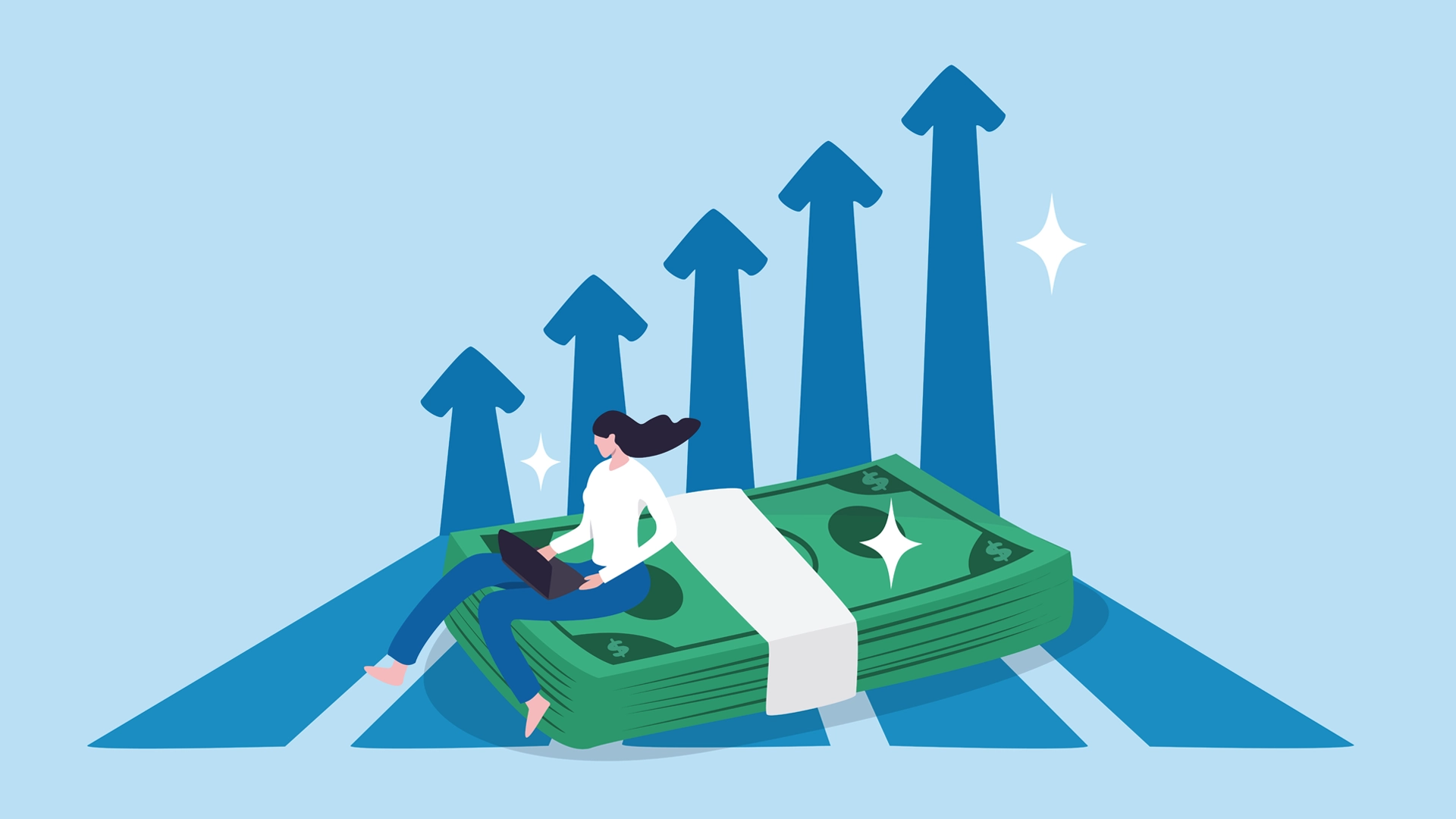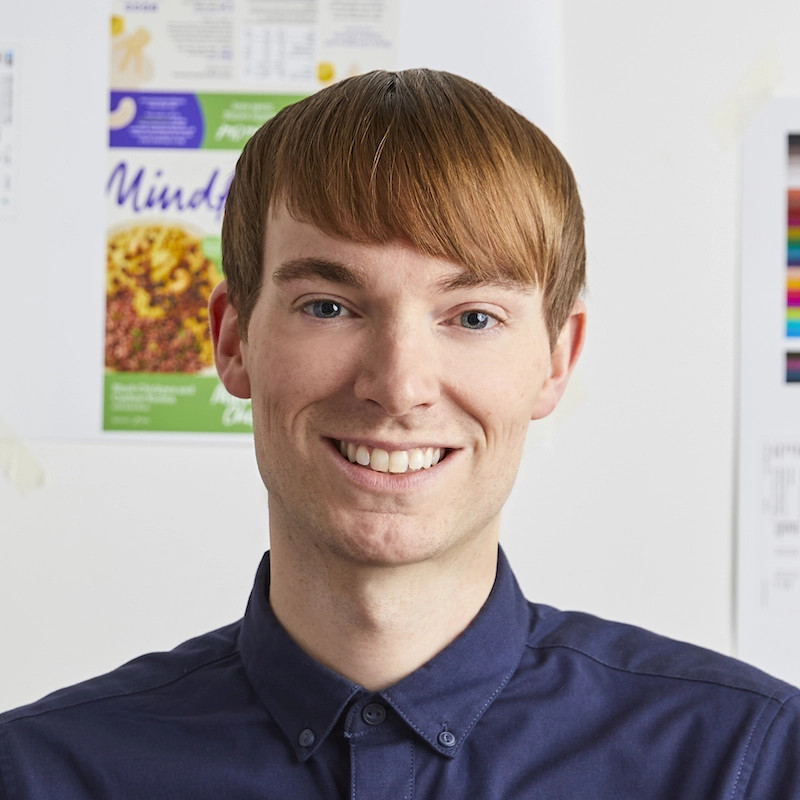To continue our Expert Interview series, we sat down with Julie Kennedy, formerly Head of UX at Betfair and currently with the Daily Mail Group. We picked Julie’s brain about the trends and the pain points encountered when hiring UX professionals.
What changes have you seen in the UX community since you began recruiting?
When I started recruiting 18 years go in digital for User Experience roles the only job title was ‘Web Designer’ this encompassed a mixture of skills ranging across information architecture, visual design and user research. By 2000 roles became more specialised and different titles emerged such as ‘User Experience Designer’ defining a skill set, although we have specialist roles today some companies still look for a combination of these skills for some roles particularly in start-ups or small agencies where budgets are tight. Businesses today certainly value the importance of design much more than they did 10 years ago, it’s fantastic that ‘design’ is now getting a seat at boardroom level in some organisations. What’s driven this change in the value in design professionals is how people now interact with companies and their products across numerous touch-points and the need for a coherent offline and online experience often with a website on a tablet being a customers first touch-point. The user experience needs to look coherent across devices and speak to the customer in a consistent tone of voice. Companies now understand if the user experience is disjointed they’ll lose their customers to competitors. That’s why good user experience designers are so in demand in businesses today.
Can you describe the selection format that a UX interview process usually takes, and what are the defining factors that help you make the final recruitment decision?
I always look up potential candidates whose CVs I receive on LinkedIn to see who's in their network and if we share any. I greatly value personal references during the shortlist phase.
Researching a company and its range of products is a must for applicants before attending any interview. I expect a candidate to be able to discuss the opportunities they can see in developing our products. I need candidates to convince me they’re the right fit for the role and culture in my team, to show they’re passionate about what they do and about joining us.
It’s always great to see examples of self-motivated development outside of an applicant's day job, whether the candidate has set up a redesign to demonstrate their skills, taken online learning in their own time, or spoken at a UX event.
How do you keep up-to-date with UX trends?
Through a variety of media, such as watching design, UX, and branding-related videos on YouTube and Vimeo, reading design and UX blogs, attending UX events and speaking at industry-related events, and following groups and individuals on social media. I also have close links with Brunel University and its HCI course; I’d encourage others to get involved with a university.
Do you recruit staff outside of London for UX roles located in London?
Absolutely! Especially when hiring for senior UX designers. I’ve employed an IA who traveled from West Yorkshire and another who traveled daily from Birmingham. I’ve also hired a Senior User Researcher from Barcelona — although that person did need to relocate for the role.
What are the biggest challenges you face as a UX Manager?
Currently, there are not enough great UX people to meet the demand. Recruiting full-time workers over freelancers is a big challenge with high contract rates. That’s why a temp-to-perm solution like Talent Bridge is great for introducing a talent into the team.
When interviewing, what technical or personal skills do you find lacking?
A good grasp of the English language is essential for UX roles. Equally, it’s an advantage to have designers who are fluent in other languages to be able to work with clients, third parties and other agencies.
Candidates from all UX disciplines need strong communication skills and good stakeholder management skills. These can be developed in junior roles, but I expect them alongside strong design skills in seniors.
What do you look for in a portfolio?
In all portfolios I look for:
- Clear layout
- Project context and results
- Sketches and artefacts
- Mobile and responsive examples
- Social media involvement
- Clarity on what the candidate worked on and contributed to the project
For Visual Designers I’ll also expect to see examples of:
- High-quality, engaging visuals
- Animation and video
For User Researchers, I think a portfolio is valuable with:
- Case studies
- Range of methodologies demonstrated
What interview format do you use?
My process consists of two to three interviews ranging from one to two hours. The first interview will be behavioural-based, asking for work examples and behaviours used to support answers. This second/third interview format will differ based on role level. Possibilities are a presentation about a previous project showing process and outcomes, a competitor review with recommendations, or a small design project I ask the candidate to complete and explain from concept through to implementation.
What preparation do you recommend?
- Research the company/agency, use their products and have feedback ready
- Research your interviewers on LinkedIn
- Write notes to refer to and have questions prepared
- Tell the results and impact from your designs/research
- Have examples of best/worst projects and be prepared to explain
- State what you can contribute and also learn from joining this company/agency
Remember to be passionate about what you do!
Latest.

Save your tears for the boardroom.
Thought Leadership

Trust, innovation & human connection: Redefining financial services at Eight.
Thought Leadership

From blank page to powerhouse: What I’ve learnt building an in-house agency from scratch.
Thought Leadership



